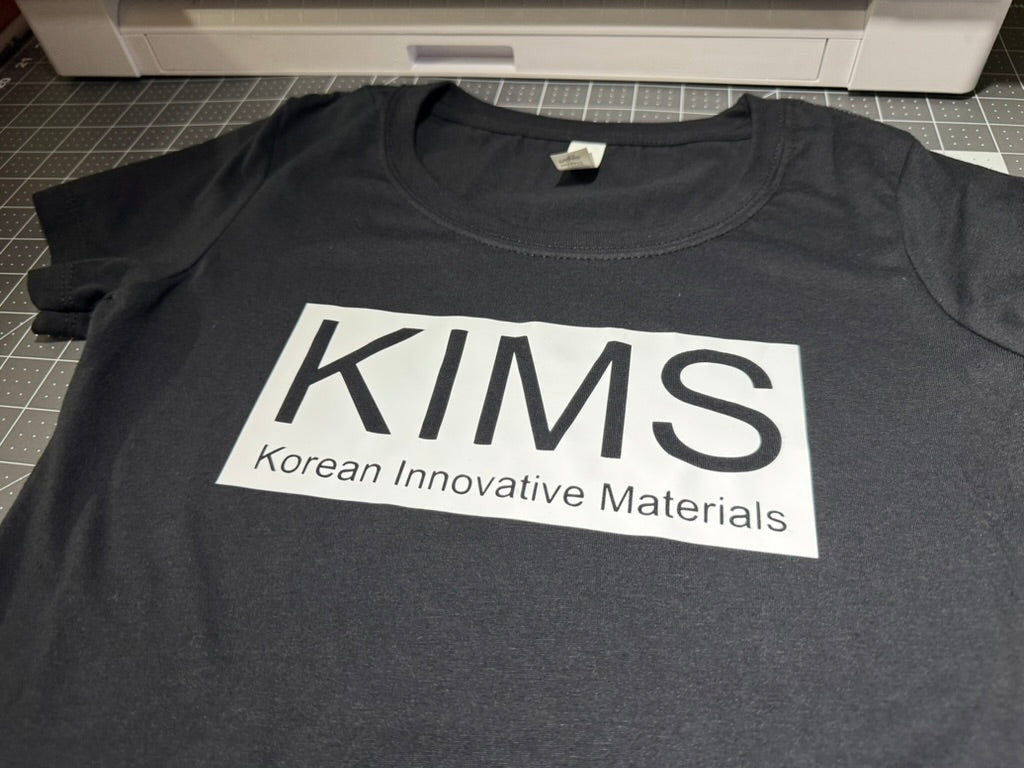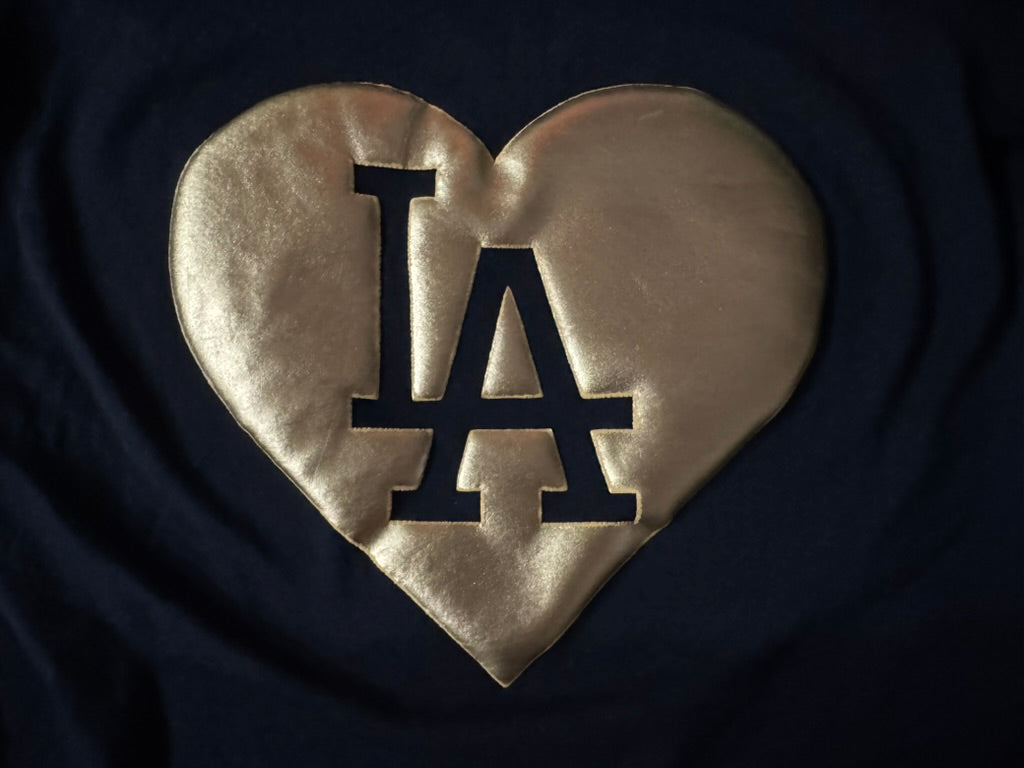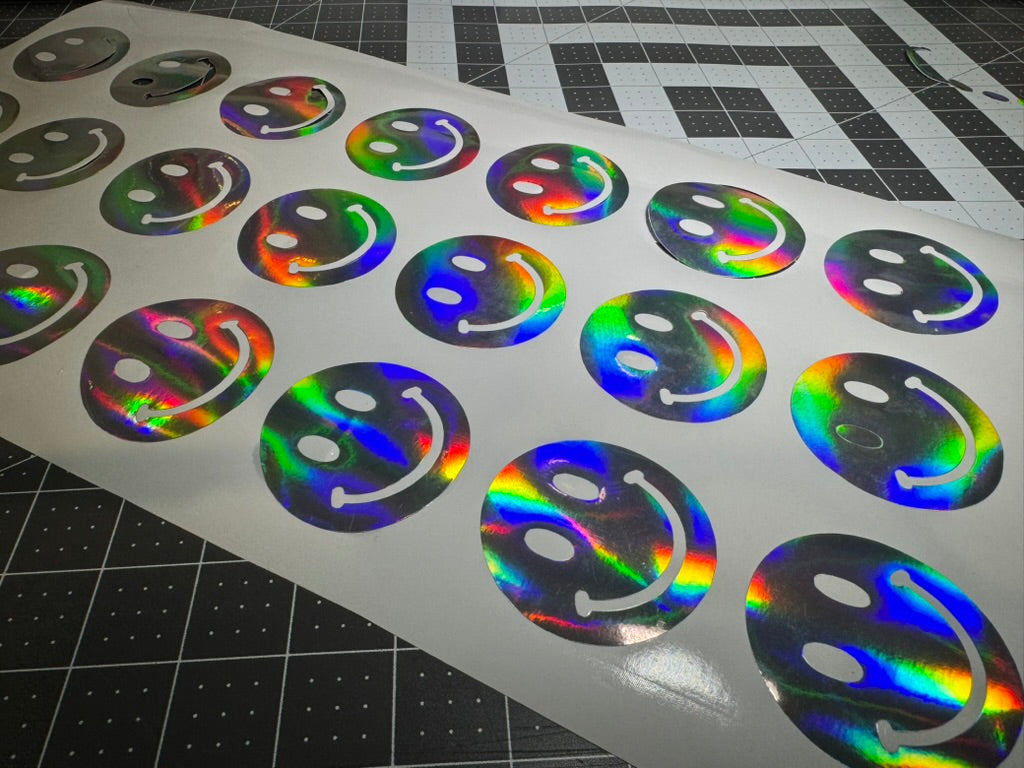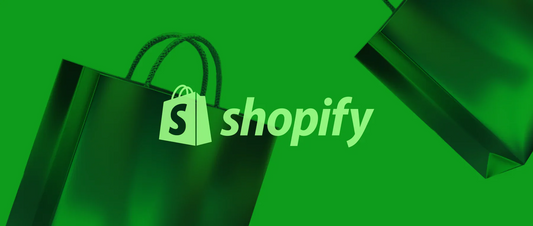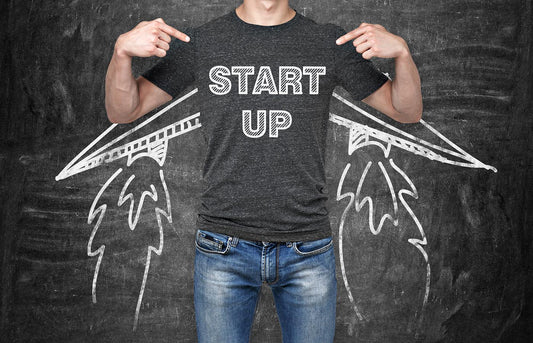Introduction
Small apparel businesses and custom product shops are exploring more advanced decoration methods as customer expectations evolve. In 2025, the most commonly compared technologies are Printable Heat Transfer Vinyl (HTV), Direct-to-Film (DTF), and Sublimation.
Each method uses a different process to transfer artwork onto garments and other substrates. While all three involve heat in some way, they vary significantly in terms of materials, equipment, and results.
Understanding the differences between these methods can help clarify how they work and where they may or may not apply, depending on business needs, garment types, and design complexity.
What Is Printable Heat Transfer Vinyl, DTF, And Sublimation
Printable Heat Transfer Vinyl (HTV) is a material that allows full-color designs to be printed onto vinyl sheets. These sheets are then cut into shapes and pressed onto garments using heat. It creates a film-like layer on top of the fabric.
Direct-to-Film (DTF) is a digital printing process where designs are printed onto a coated film using special inks. A layer of adhesive powder is applied to the printed image, cured with heat, and then transferred to the fabric.
Sublimation is a process where special inks are heated until they become gas and bond with polyester fabrics. The heat causes the ink to turn directly from a solid to a gas, and it becomes part of the fabric itself.
Each method creates different results:
-
HTV creates: A layer that sits on top of the fabric
-
DTF produces: A thin, flexible layer bonded to the fabric's surface
-
Sublimation results in: Ink that becomes part of the fabric fibers
How Each Printing Method Works
Printable HTV Process
Printable HTV starts with designing your artwork on a computer. You print this design onto special vinyl sheets using an inkjet printer with compatible inks. Next, you cut around the design using a vinyl cutter, remove the excess vinyl (called weeding), and place the design on your fabric. Using a heat press, you apply heat and pressure to bond the vinyl to the fabric.
Equipment needed includes an inkjet printer, vinyl cutter, and heat press. The process takes about 10-15 minutes per item.
DTF Process
DTF printing begins with creating your design digitally. You print it directly onto a special PET film using a DTF printer with special inks. While the ink is still wet, you apply a powdered adhesive that sticks only to the ink. The film is then heated to melt the powder into an adhesive layer. Finally, you place the film on your fabric and use a heat press to transfer the design.
This method requires a specialized DTF printer, adhesive powder, and a heat press. The entire process takes approximately 5-10 minutes per design.
Sublimation Process
Sublimation starts with printing your design on special transfer paper using sublimation inks. You place this paper face-down on polyester fabric or a polymer-coated item. When heat and pressure are applied, the solid ink turns into gas and penetrates the polyester fibers. As it cools, the ink becomes permanently part of the material.
You'll need a sublimation printer, sublimation paper, sublimation inks, and a heat press. The process takes about 5-10 minutes per item.
|
Method |
Main Equipment |
Process Steps |
Time Per Item |
|---|---|---|---|
|
HTV |
Inkjet printer, vinyl cutter, heat press |
Print, cut, weed, press |
10-15 minutes |
|
DTF |
DTF printer, powder applicator, heat press |
Print, powder, cure, press |
5-10 minutes |
|
Sublimation |
Sublimation printer, heat press |
Print, press |
5-10 minutes |
Pros And Cons Of Each Method
Printable HTV Benefits and Limitations
Benefits:
-
Works on many fabric types (cotton, polyester, blends)
-
Lower startup cost compared to other methods
-
Good for small runs and personalized items
-
Simple to learn and implement
Limitations:
-
Time-consuming to weed detailed designs
-
Creates a thicker feel on the garment
-
May crack or peel after multiple washes
-
Limited detail capability for very fine designs
DTF Advantages and Disadvantages
Advantages:
-
Works on virtually all fabric types
-
Produces detailed, vibrant, full-color designs
-
No weeding required, saving time on complex designs
-
Durable through many wash cycles
Disadvantages:
-
Higher equipment cost to get started
-
Requires proper ventilation for powder application
-
Regular printer maintenance needed
-
Slight texture can be felt on the fabric
Sublimation Strengths and Weaknesses
Strengths:
-
Creates permanent prints that won't crack or fade
-
No feel on the fabric - completely smooth
-
Perfect for photorealistic images
-
Excellent for all-over prints
Weaknesses:
-
Only works on polyester or polymer-coated items
-
Limited to white or very light-colored materials
-
Cannot print white ink
-
Higher cost for compatible blank products
Print Quality, Durability, And Fabric Compatibility
Print Quality Comparison
Printable HTV produces solid colors and clean lines but may struggle with very fine details. The printed layer sits on top of the fabric and has a slight thickness to it.
DTF creates vibrant, detailed prints that can include gradients, small text, and photographic images. The detail level is high, and the print has minimal thickness.
Sublimation offers the highest resolution with smooth color transitions and photorealistic quality. Since the ink becomes part of the fabric, there's no raised surface at all.
Durability Factors
HTV typically lasts through 20-50 washes before showing signs of wear. The edges may begin to lift or crack over time, especially on frequently stretched areas.
DTF prints generally withstand 50+ washes with minimal fading. The flexible nature of the print helps prevent cracking, though extremely harsh washing conditions may affect longevity.
Sublimation creates the most durable prints, lasting the lifetime of the garment without fading or cracking because the ink is actually part of the fabric fibers.
Fabric Compatibility
HTV works with:
-
Cotton
-
Polyester
-
Cotton/poly blends
-
Some nylon fabrics
-
Both light and dark fabrics
DTF is compatible with:
-
Cotton
-
Polyester
-
Nylon
-
Leather
-
Blended fabrics
-
Both light and dark materials
Sublimation only works on:
-
Polyester (minimum 65% content)
-
Polymer-coated items
-
White or very light-colored materials
Cost Considerations For Small Businesses
Equipment Investment
Starting with printable HTV requires the least upfront investment. A basic setup with a vinyl cutter, inkjet printer, and heat press costs approximately $500-$1,000. Professional setups range from $1,500-$3,000.
DTF equipment is more expensive, with entry-level systems starting around $3,000-$5,000. This includes a DTF printer, powder applicator, and heat press. Commercial systems can cost $8,000-$15,000.
Sublimation has a moderate startup cost. A basic sublimation printer, inks, and heat press package ranges from $600-$1,200. Larger format systems for all-over printing cost $2,500-$8,000.
Ongoing Supply Expenses
HTV materials cost about $1.50-$3.00 per sheet (8.5" x 11"). A typical t-shirt design uses one sheet, making the material cost per shirt relatively low.
DTF supplies include film ($0.50 per sheet), powder ($0.15 per application), and ink ($0.75-$1.25 per design), totaling about $1.40-$1.90 per print.
Sublimation requires special paper ($0.30-$0.50 per sheet) and ink ($0.70-$1.00 per design). However, blank polyester shirts typically cost more than cotton shirts, increasing the overall product cost.
Production Volume Considerations
For small businesses, production volume affects which method makes the most sense:
-
Low volume (1-10 items per day): HTV is often most practical due to lower equipment costs
-
Medium volume (10-50 items per day): DTF becomes more efficient, reducing labor time for complex designs
-
High volume (50+ items per day): DTF or sublimation with larger format equipment offers better efficiency
Best Applications For Each Method
When To Use Printable HTV
Printable HTV works best for:
-
Simple logos and text designs
-
Small personalization jobs
-
Mixed fabric products
-
Businesses with limited startup funds
-
One-off custom orders
Examples include personalized t-shirts with names, small logos on cotton bags, and simple designs on mixed-fabric items.
When To Use DTF
DTF is ideal for:
-
Detailed, multi-color designs
-
Photographic images on dark fabrics
-
Medium to large production runs
-
Businesses offering various fabric types
-
Designs with fine details
Examples include band merchandise with complex artwork, detailed logo apparel on different fabric types, and photo-quality prints on dark shirts.
When To Use Sublimation
Sublimation works best for:
-
All-over prints and patterns
-
Performance wear and athletic apparel
-
Photo-quality images on light backgrounds
-
Hard goods like mugs and phone cases
-
Businesses focusing on polyester products
Examples include custom athletic jerseys, all-over printed leggings, photo mugs, and promotional items with full-color graphics.
Making The Right Choice For Your Business
When selecting between printable HTV, DTF, and sublimation, consider these key factors:
-
Your typical products: The fabrics and items you commonly work with
-
Design complexity: The level of detail in your usual designs
-
Production volume: How many items you produce daily or weekly
-
Available space: The room you have for equipment
-
Budget: Both initial investment and ongoing costs
Many small businesses start with one method and add others as they grow. For example, beginning with HTV for its lower startup cost, then adding DTF or sublimation to expand product offerings.
Using quality materials from reputable suppliers like KIMS Direct can improve results regardless of which method you choose. Their premium heat transfer vinyl and DTF films reduce production time through easier weeding and provide more consistent transfers.
FAQs About Printing Methods For Small Businesses
Does printable HTV work on dark polyester fabrics?
Yes, printable HTV works on dark polyester fabrics when using opaque white vinyl as a base layer, though this adds an extra step to the production process.
Are there any health or safety concerns with DTF adhesives?
DTF adhesive powders require proper ventilation during application, but most modern formulations are non-toxic and safe when used according to manufacturer guidelines.
How often should I maintain my DTF or sublimation printer?
Most DTF and sublimation printers require weekly maintenance including nozzle checks and cleaning, while more thorough maintenance should be performed monthly to ensure optimal print quality.
Which method has the lowest ongoing costs for a new business?
Heat transfer vinyl typically has the lowest ongoing costs for new businesses with low production volumes, while DTF becomes more cost-effective at medium volumes and sublimation for high-volume polyester products.
Can I start with one method and transition to another as my business grows?
Many successful small businesses start with heat transfer vinyl for its low entry cost, then add DTF or sublimation capabilities as they grow to expand their product offerings and production capacity.


